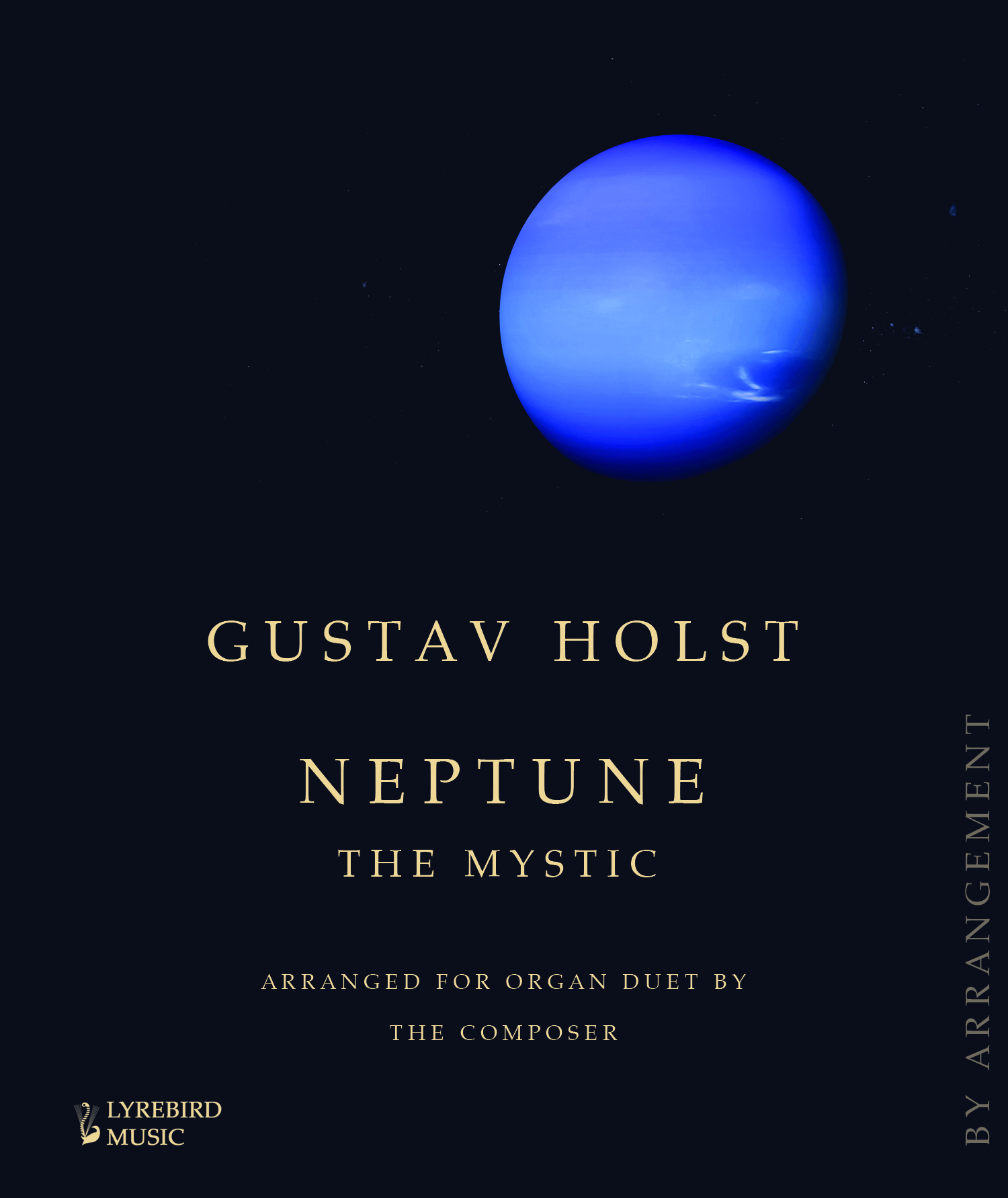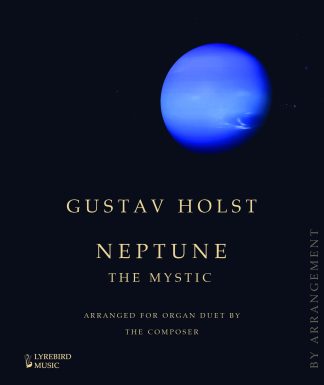Description
Arranged for duet by the composer
Gustav Holst was born in Cheltenham, Gloucestershire, in 1874. As a child, he received tuition as a pianist and violinist and, suffering from asthma, was also encouraged by his father to study the trombone in the hope that it might help his breathing. Music ran deep in Holst’s familial landscape. His father was a professional musician and organist at All Saints’ Church, Cheltenham; his uncle was a composer of salon-style music and his grandfather, Gustavus Valentine, was a composer and harp teacher to the Imperial Russian Court. Holst’s compositional activities began before he entered The Royal College of Music in 1893, where he studied the piano, organ, trombone and composition. Upon leaving the college in 1898, he took posts in various London churches as an organist. He also supplemented his income by playing the trombone in theatre orchestras, though he abandoned this activity in 1903 to concentrate fully on composition. The idea for the suite The Planets was occasioned by an interest in astronomy and a determination to create a large-scale orchestral work, which he began composing in 1914. ‘Mars’ was the first to be written, followed by ‘Venus’ and ‘Jupiter’. ‘Saturn’, ‘Uranus’ and ‘Neptune’ were all composed in 1915, and ‘Mercury’ was completed in 1916. The impressionist ‘Neptune’, the suite’s final movement, concludes with a wordless female chorus without words (as in “Sirenes” by Claude Debussy), that gradually recedes to nothingness, an effect which the commentator John Warrack likens to ‘unresolved timelessness … never-ending, since space does not end, but drifting away into eternal silence”. The arrangement of ‘Neptune’ was made before being substituted with a version for two pianos, probably for the sake of dissemination and to provide consistency by integrating the movement into the entire suite in its new version for two keyboards. Holst’s original choice of the organ duet is unusual for its time, as is his use of the organ, which relies on subtle and continual changes of registration and keyboards. The manuscript is housed in the Parry Room Library of the Royal College of Music, London, MS 4556. While the manuscript was published in facsimile form in 1979 (Faber, London), this is the first time it has been the subject of a modern critical edition. We thank Colin Matthews and the Holst Society for their blessing in publishing this remarkable and unknown work.
A second book from the pens of Vernet and Meckler comes in the guise of a short critical edition of Gustav Holst’s own arrangement for organ duet of this mystical movement from The Planets. This is the first edition of this remarkable and effective work that requires experimental techniques both in registration and keyboard effects.
The arrangement of ‘Neptune’ was made before being substituted with a version for two pianos, probably for the sake of dissemination and to provide consistency by integrating the movement into the entire suite in its new version for two keyboards.
Holst’s original choice of the organ duet is unusual for its time, as is his use of the organ, which relies on subtle and continual changes of registration and keyboards.

